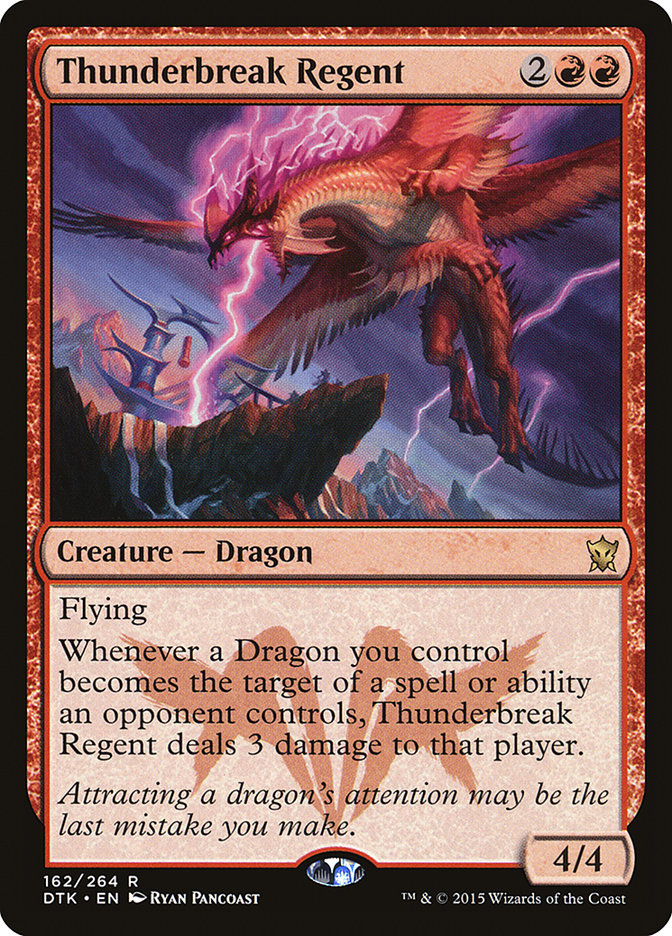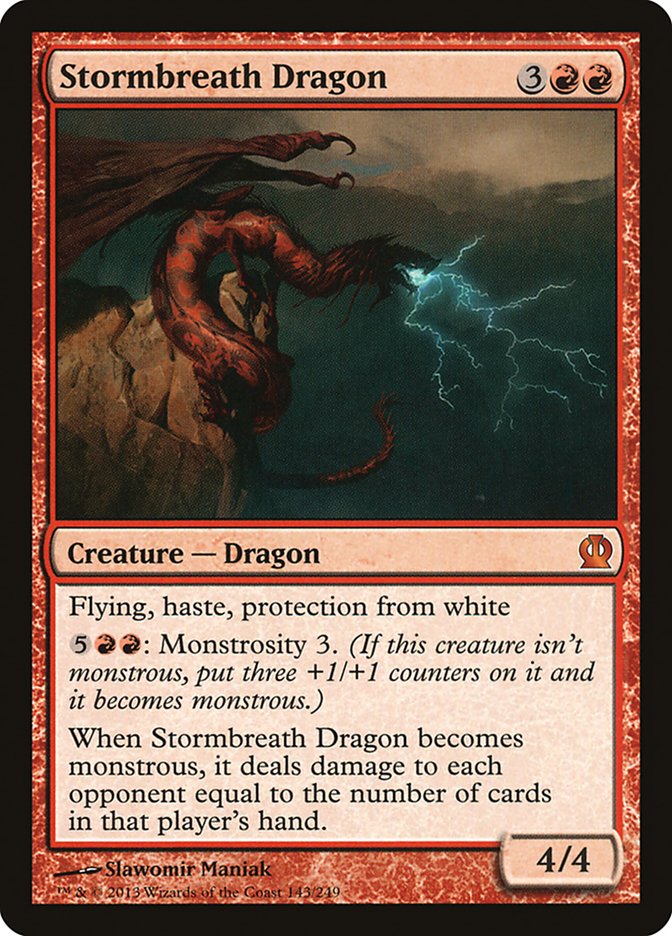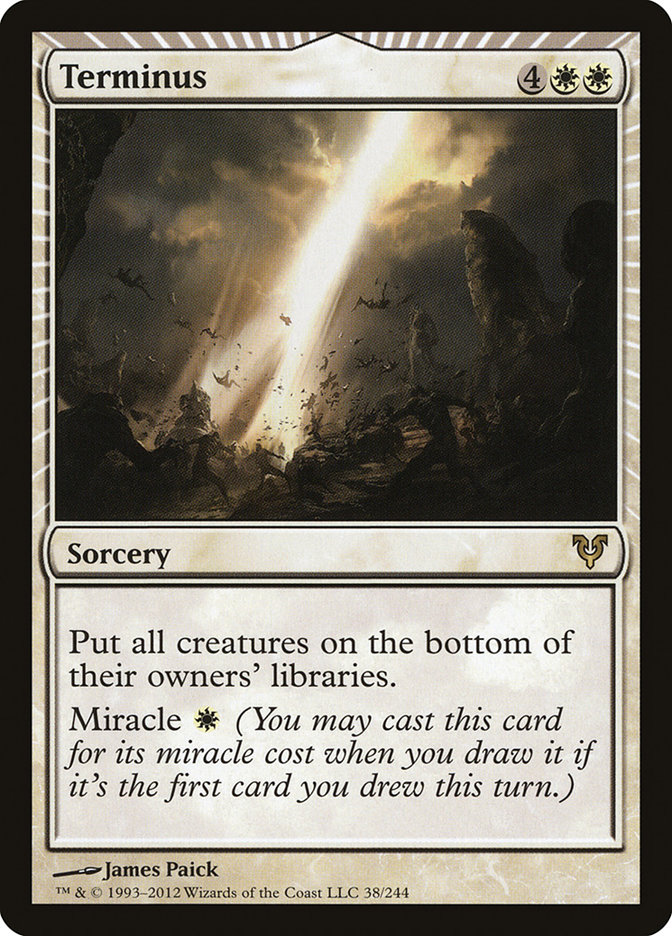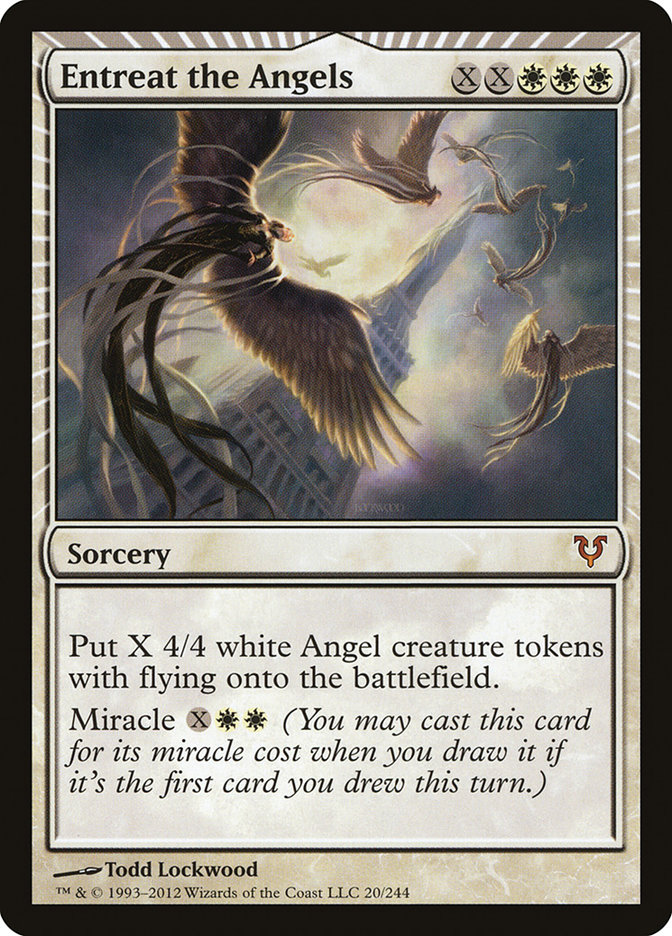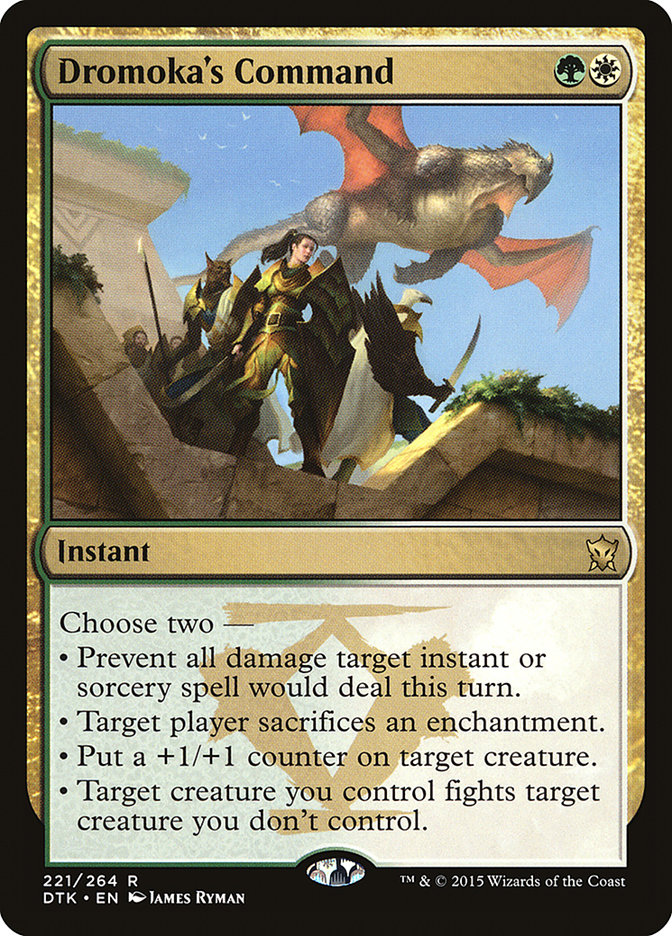CEDitors Note: Hello everyone, and welcome to the very first edition of Fact or Fiction! In this column, two Select writers will answer six questions
provided by yours truly on Magic related topics. At the end, you have the opportunity to vote on who won the head-to-head battle. This week, we have Pro Tour Dragons of Tarkir semifinialist Adrian Sullivan doing battle against SCG Cleveland champion Ross Merriam!
1.) After a runner up performance at Grand Prix Shanghai and a win at the Open Series in Dallas, G/R Dragons should be talked about as a tier one deck
in Standard just like the various Abzan decks, Esper Dragons, and Atarka Red.
Adrian Sullivan
– Fact: As much as it could be argued it is on the borderline, I think the fact of the matter is that it is just over the borderline. It isn’t just a second place at Grand Prix Shanghai, but also another G/R Dragons deck in the Top 8 and another in the Top 16 of that event. While there are some slight differences in the way these decks are built (are they hyper aggressive or are they prepared to slow things down?), the fact is these decks are very good at going big, and there are a number of opponents who are simply unprepared for a squadron of Dragons in the air, especially when they have protection from white.
While I don’t think you’d ever catch me sleeving up G/R Dragons, this deck is certainly the real deal.
Ross Merriam
– Fact: This has been the most dynamic Standard format I have ever seen, so this designation could very easily be fleeting, but the move towards Megamorph strategies to combat Esper Dragons in turn allowed Devotion strategies to return to the metagame. A field replete with green board presence decks is perfect for Stormbreath Dragon and company to make a return, so at least for the moment, G/R Dragons is a top deck and should be considered as such in your tournament preparations.
However, I believe G/R Dragons is less powerful and less consistent than the other top options, making it a prime candidate to lose ground once the metagame inevitably shifts. We already saw this after Chris VanMeter’s win in Syracuse, so if you like casting Stormbreath Dragon I would get your fill now before it is once again left behind by Siege Rhino, Dragonlord Ojutai, and friends.
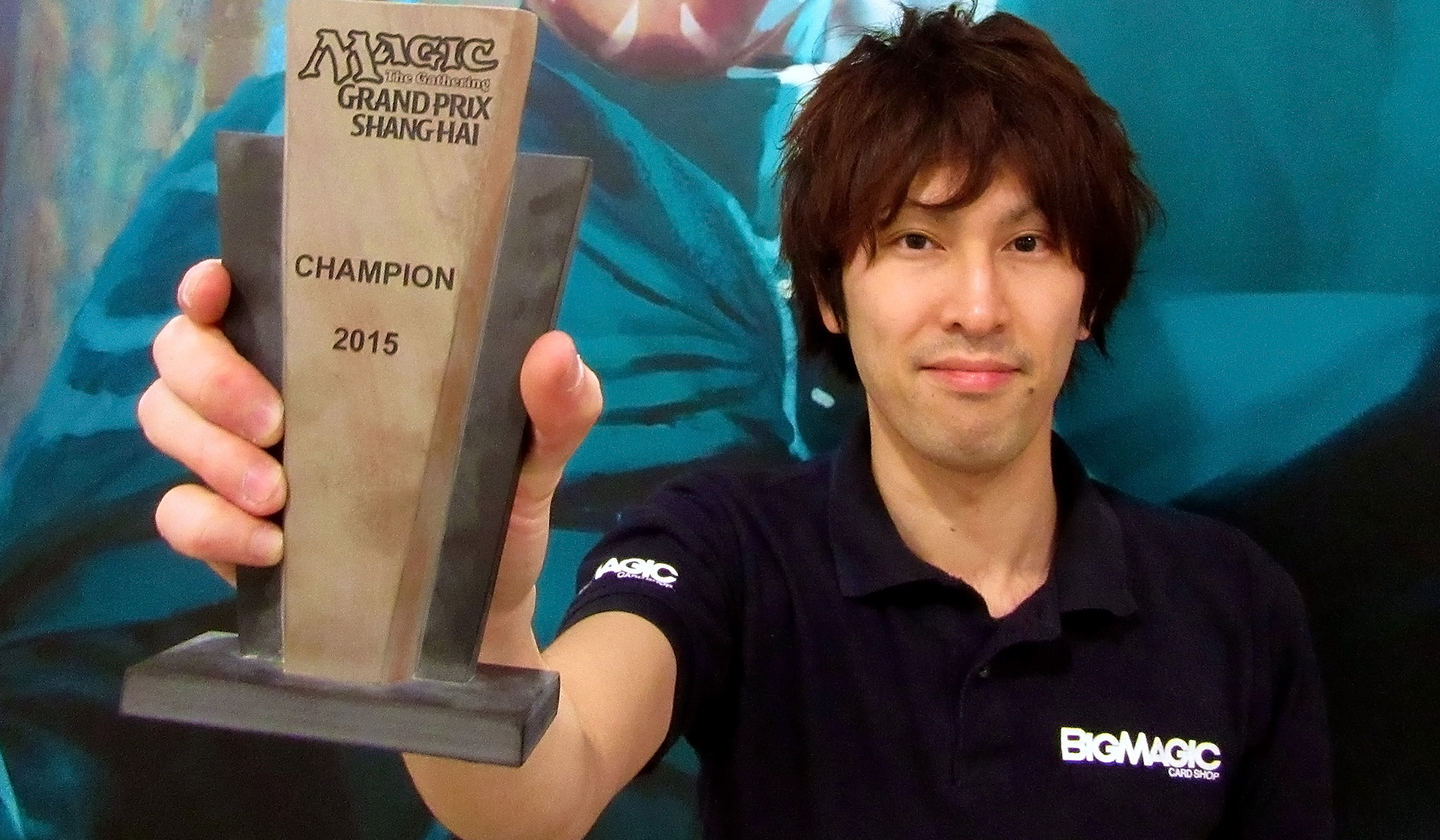
2.) Yuuki Ichikawa won Grand Prix Shanghai with a 61-card Abzan Control deck. 61-card maindecks have a negative stigma around them, but with this win,
more players should consider this approach.
Adrian Sullivan – Fact: There has long been a stigma against 61-card decks, and it exists for a reason: For the most part, it is simply wrong to build your deck as a 61-card deck.
Here, of course, is where people make the mistake: “for the most part” does not mean “always.”
I’ve actually written about
the fallacy of assuming 61 cards is automatically an error before. Yuuki Ichikawa’s victory with a 61-card deck is not a surprise to me
because it has all of the hallmarks for why it makes sense: The effect of every card is meaningful, and the choice to run one less of any card would make a
huge impact in reducing that card being drawn. Doing it by design is a fairly difficult decision, but it can make sense in rare circumstances. The other
big reason to do it is to simply acknowledge that some specific 60 would be a better choice, but you ran out of time to figure out which exact card was the
card to cut. This can happen. Hell, when I tied for the Top 8 of my first Pro Tour way back in 1999, I ran 61 cards, and I think it was absolutely correct
to do it, not because there wasn’t a 60-card deck I should have been running, but because it would do far more damage to the deck to cut the wrong card
than to play 61 cards, and it was simply time to turn in a decklist.
This isn’t even the first time that this has happened. Billy Moreno got second place at Pro Tour Los Angeles in 2005 with a 61-card deck, and Gabriel
Nassif (in most people’s listing as one of the Top 5 players of all time) played a 61-card deck when he won Pro Tour Kyoto in 2009.
The fact of the matter is this: If you’re playing a 61-card deck, you’re probably making a mistake because there was likely a single card you shouldn’t
have in your deck. However, just because it was likely that you made a mistake, playing 61 cards isn’t definitive proof of a mistake.
Ross Merriam – Fiction: First, it is important to understand that a single finish does essentially nothing to settle this question. In order to make an argument from results, one
would need to collect data from an incredibly large range of tournaments, the likes of which we do not have access to. So any cogent argument must be made
in the abstract case.
Every additional card in a deck adds an inherent variance in its set of draws by increasing the number of possible orderings after shuffling. It is
possible to reduce this variance through redundancy, as not every card in your deck is unique. Some cards you will play 3-4 copies of, and nearly every
deck breaks down into larger groups by function- lands, threats, removal spells, card advantage, etc. So while you may draw Hero’s Downfall one game or
Abzan Charm in another, you are still most likely able to deal with an opposing creature, with some exceptions.
Still, you can always further reduce the variance in your draws by cutting down to the minimum number of cards. The difference here is very small, but
obvious enough that you should respect it. Magic is a game that is built on leveraging many small edges over many matches, so you should only consider
adding extra cards when you have a specific, significant reason to do so (See Battle of Wits or James Zorne’s 66 card Scapeshift deck). These situations
are quite rare so the 60-card guideline is nearly always correct.
3.) Collected Company has been all the rage over the past week. Though the deckbuilding costs are extreme, the hype around Collected Company is real.
Adrian Sullivan – Fact: This is absolutely true. In testing for Pro Tour Dragons of Tarkir, at one point, my teammate Justin Cohen was putting together every Collected Company deck he could find or think of. While he didn’t end up playing the deck, the fact remains that both our Red Aggro decks and our control decks would cringe at the sight of four untapped mana.
If you’ve been paying attention to Constructed lately, you see that the card has even made a visible splash in Modern. Even if you don’t have complete control over what the creatures are, if you’re a creature deck, your one-, two-, and three-drops are typically your most important cards, and they can be quite powerful. A card that lets you instantly get two such cards can be a backbreaker without even trying to accomplish anything with card synergies.
Collected Company is the real deal, and that’s a fact.
Ross Merriam – In Standard, Fiction. In Modern, Fact: In order for Collected Company to be effective, your deck needs a high density of not just cheap creatures, but impactful cheap creatures. Hitting Elvish Mystic and Den Protector may on paper be a two-for-one, but in practice, it leaves you with little to show for your four mana investment. Standard is a too small a format to reasonably make Collected Company a worthwhile card. All the decks that use it make significant sacrifices in deckbuilding, either by including underpowered creatures (e.g. Avatar of the Resolute) or stretching the mana to unreasonable ends (Seeker of the Way and Savage Knuckleblade…) It is possible that Magic Origins adds enough pieces to make a Collected Company deck viable, but for now, I do not believe it is a strong option for Standard.
However, Modern is quite different. The format is larger, which makes assembling a reasonable curve of creatures without sacrificing power level much easier. For example, the Abzan Company decks play plenty of value creatures as Birthing Pod decks used to do along with various combo enablers, Anafenza, Kin-Tree Spirit, Melira, Sylvok Outcast, and Viscera Seer are the most prominent. With a large enough density of these cards, you can consistently get good value from Collected Company, or use it to establish an infinite loop with the enablers.
You may note that without the entire combo assembled the individual pieces are underpowered, which is true. Additionally, Abzan Company plays many mana accelerants that are poor hits. But they have access to a card that can turn these weak creatures into threats: Gavony Township. Township does not particularly care how good your creatures are, just that you have a lot of them, so it is a perfect pairing with Collected Company and one that is not available in Standard.
The Elves decks that have emerged recently also leverage the critical mass from Collected Company in a way Standard decks cannot. Even hitting two mana accelerants in these decks is good since you have plenty of ways to use excess mana and every Elf added to the board makes the rest better. The sheer number of options for Collected Company in Modern makes it significantly better than in Standard, as I expect we will all see at the upcoming Season Two Invitational and Grand Prix Charlotte.
4.)
Miracles is the deck to beat at SCG Worcester.
Ross Merriam –
Fiction: I say this with the caveat that no deck in the current Legacy format takes up a large enough portion of the metagame to warrant attention in the way that we think a “deck to beat” does. Miracles is one of many Legacy decks you should be preparing to face in Worcester, and preparing too much for the top 2-3 decks can easily backfire as you spend the day playing against the twenty or more other viable decks in the metagame. The most important preparation you can make for Worcester is to be well-practiced with your deck of choice, whatever that may be.
That being said, Miracles has consistently been among the most played decks in recent tournaments and has been exceeding expectations. While having a weak Miracles matchup should not in and of itself cause you to switch decks, it does place a high bar on the rest of your matchups in order to compensate. If there is any deck right now that deserves the moniker of “deck to beat,” it is Sensei’s Divining Top and crew.
Adrian Sullivan – Fiction: Miracles is great. I used to really hate the shell that would become the Miracles deck (Counterbalance + Sensei’s Divining Top) that I would see out there, but then one day, some Angels came around and through some kind of fantastic event, the deck was suddenly able to turn around games on a dime and just win. These days, people like Joe Lossett and Reid Duke have shown us that the deck is a powerful force of the metagame.
But, ultimately, I don’t think Legacy is ever about a “deck to beat” unless a ban is on its way. There are just far too many archetypes, and a huge number of them are often waiting in the wings to be forgotten so that they can emerge and destroy the unwary and the unready. I don’t think things will be any different in Worcester.
Something will win. And there will be seven or eight archetypes in that Top 8. But targeting Miracles specifically for that event will not be a winning strategy for a typical player.
5.) With how powerful Dromoka’s Command is, cards like Outpost Siege, Chained To The Rocks,and Banishing Light are no longer playable options.
Ross Merriam –
Fact: Chained to the Rocks requires a huge commitment in the number of Mountains you play, which typically strains your mana already. The upside to playing it is that you now had a cheap, reliable answer to large green creatures. With the ubiquity of Dromoka’s Command, the sacrifices made to play Chained to the Rocks are no longer worth the payoff. Banishing Light has suffered a similar fate. Although it was never efficient enough to see the same level of play as Chained to the Rocks, it served a similar function that it is now ill-equipped to serve.
Outpost Siege has suffered the most dramatic downturn, as before Dragons of Tarkir it was among the most significant cards in the metagame. It replaced Chandra because it was a more stable source of card advantage, eliminating the former vulnerability to burn spells, creatures, and Hero’s Downfall. It is still a powerful enough effect to warrant play as a sideboard card against control decks that do not use Dromoka’s Command, but that is where its role in the format ends.
All of these are powerful enchantments that leave you prone to blowouts if your opponent has a removal spell for them. Before Dromoka’s Command these spells were narrow enough to be confined to sideboards (e.g. Erase, Destructive Revelry) so you could be confident such a blowout would almost never happen in game 1, barring some expensive singleton like Utter End. And even in sideboard games, the only situation in which you get punished is when you draw your powerful enchantment and they have the answer. If you have it and they don’t, you are in the same situation as game 1, and if they draw it while you don’t, they are essentially down a card because their answer is so narrow.
With Dromoka’s Command, not only do many opponents have an answer before sideboarding, they have one that does not punish them if you do not present them with an enchantment to kill. This drastically increases the risk of playing these powerful enchantments to the point where they are no longer viable in most cases.
Adrian Sullivan – Fiction: No longer playable? That’s not quite right. What is right, though, is that these cards suddenly have a much great liability than they’ve ever had before. The best counterexample to this premise is simply Courser of Kruphix. If the premise were correct, this card would practically disappear from Abzan Control decks. But we have absolutely not seen that happen. The existence of Dromoka’s Command certainly discourages all enchantments, but it doesn’t strike them from existence completely.
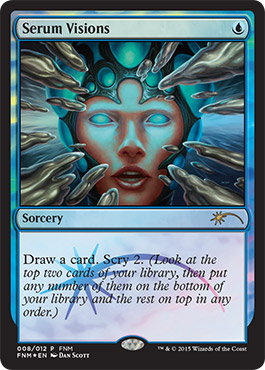
6.) You agree that Serum Visions should not have been reprinted in Modern Master
s
2015 and is better off as a
n
FNM promo.
Ross Merriam – Fiction: The inclusion of Daybreak Coronet with essentially zero support hints at a desire to reprint cards whose price has inflated past what is reasonable at the expense of the set’s coherency. Serum Visions is such an innocuous card that it likely would not hurt the Limited environment of the set at all and is a staple common of Modern that is now surpassing ten dollars. For a format Wizards of the Coast is trying to build that already has people complaining of the high cost barrier to entry, not including Serum Visions in MM2015 was completely untenable.
As for printing it as an FNM promo, I am of the opinion that foil cards are an affront on the senses and should be banned in tournament play, so this does little to assuage my frustration.
Adrian Sullivan –
Fact: Hey, anything that gets people to stop playing those combo decks is fine by me. If anyone wants to collect all of the Urza’s Towers in the world and burn them, I won’t mind.

